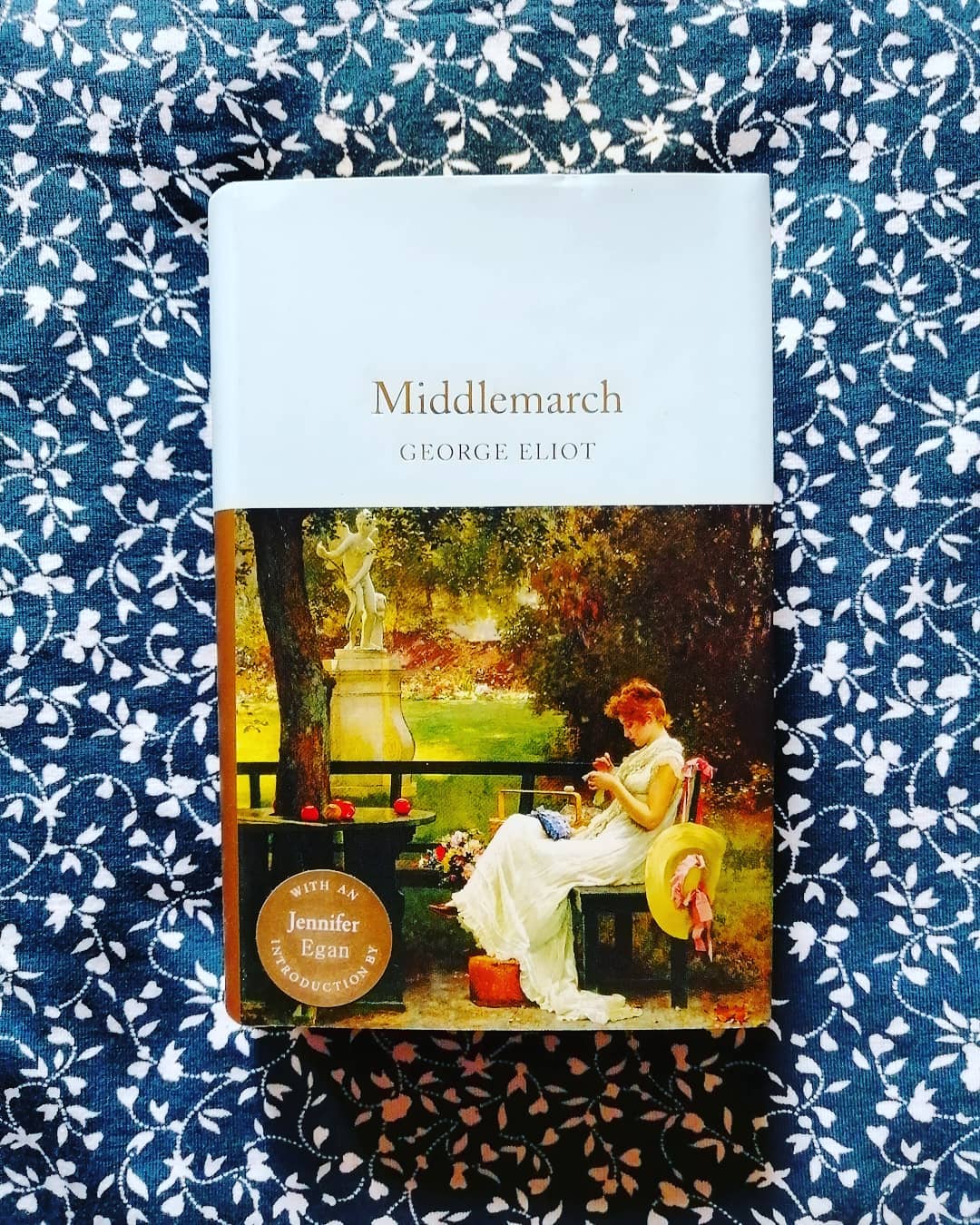📘 ‘Why do you say “poor Rosamond”?’ said Mrs Plymdale, a round-eyed sharp little woman, like a tame falcon.
– George Eliot, Middlemarch (1871)
As observed in our last lesson post (Part 1 of this lesson, ‘American vs British Quotation Mark Punctuation’), there are 4 main rules on how to punctuate quotations in English. Today we will be focusing on the British English take on these rules.
…
BRITISH ENGLISH QUOTATION MARK RULES:
📝 #1 The standard quotation marks in British English are single quotation marks for quoting run-on quotations, that is, either a person’s words (regardless of length) or less than around 50 words of a written text.
Let’s take our sample text from George Eliot’s quintessentially British Middlemarch, considered ‘the greatest novel ever written in the English language’. In our last lesson post we read from a dialogue between Isabel Archer and her aunt, Mrs Touchett, so here we will read a similar aunt-niece conversation between the young Rosamond Vincy and her conservative aunt, Mrs Harriet Bulstrode. Notice the single quotation marks, the opposite of American English’s double quotation marks.
📘 ‘I have just heard something about you that has surprised me very much, Rosamond.’
‘What is that, aunt?’ Rosamond’s eyes also were roaming over her aunt’s large embroidered collar.
‘I can hardly believe it–that you should be engaged without my knowing it – without your father’s telling me.’
Here Mrs Bulstrode’s eyes finally rested on Rosamond’s, who blushed deeply, and said — ‘I am not engaged, aunt.’
– George Eliot, Middlemarch
American and British English practices are consistent along the following point however: the kind of quotations marks used for a run-on quotation also apply to citing any speech, however long it may be. So we use single quotation marks again here:
📘 ‘How can one describe a man? I can give you an inventory: heavy eyebrows, dark eyes, a straight nose, thick dark hair, large solid white hands–and—let me see–oh, an exquisite cambric pocket-handkerchief. But you will see him. You know this is about the time of his visits.’
– Mary Garth, in George Eliot’s Middlemarch
📝 #2 In British English, we use double quotation marks to indicate this second quotation within another quotation – contrary to the American English use of single quotation marks for the same purpose:
📘 ‘Most uncommon!’ repeated Caleb. ‘She said a thing I often used to think myself when I was a lad:—“Mr Garth, I should like to feel, if I lived to be old, that I had improved a great piece of land and built a great many good cottages, because the work is of a healthy kind while it is being done, and after it is done, men are the better for it.” Those were the very words: she sees into things in that way.’
– Caleb Garth speaking with his wife in George Eliot’s Middlemarch
📝 #3 Block or displayed quotations are presented in their own separate paragraph without quotation marks (as in American English).
Take for example this letter which is referenced within Chapter of Middlemarch:
📘 Three times she wrote: MY DEAR MR ____ ,
—I am very grateful to you for loving me, and thinking me worthy to be your wife. I can look forward to no better happiness than that which would be one with yours. If I said more, it would only be the same thing written out at greater length, for I cannot now dwell on any other thought than that I may be through life
Yours devotedly,
____
– George Eliot, Middlemarch
(I have left out the names in this letter on purpose so as not to be a ‘spoiler’ – in case you ever wish to read Middlemarch for yourself).
📝#4 Unlike American English, in British English commas, full-stops/periods, exclamation and question marks are always placed outside the final quotation marks. Consider the following lines:
📘 ‘Why do you say “poor Rosamond”?’ said Mrs Plymdale, a round-eyed sharp little woman, like a tame falcon.
– George Eliot, Middlemarch (1871)
…
In closing, these two lesson posts should serve you as a general overview of the main differences between American-style and British-style punctuation surrounding quotations. As mentioned before, the British English standard applies to all English-based work and study across Europe, so today’s part of the lesson should be helpful to many.
✍️ Remember: be consistent with the spelling and punctuation standard that you follow – that is probably the most important principles you can take home from this lesson!




